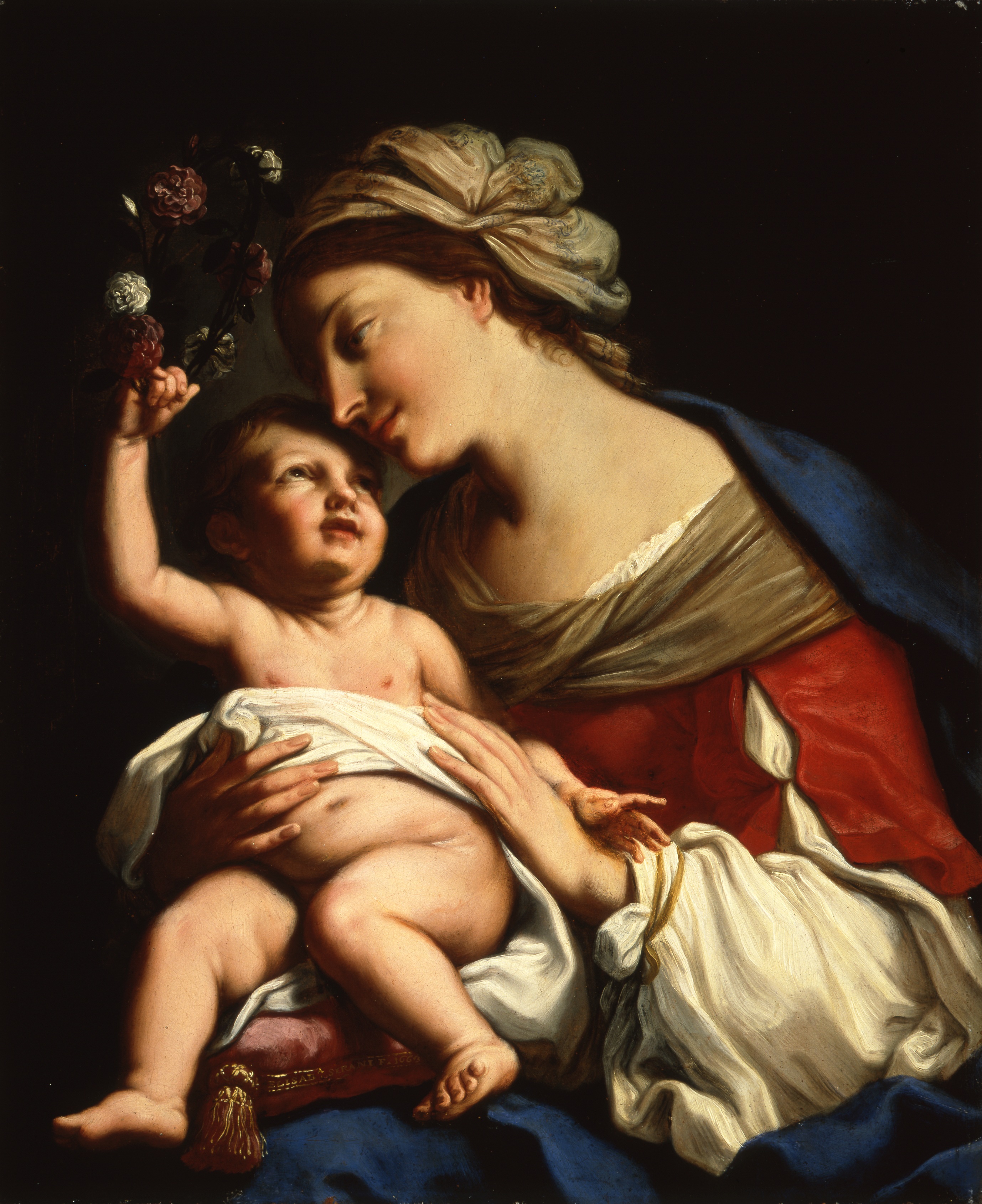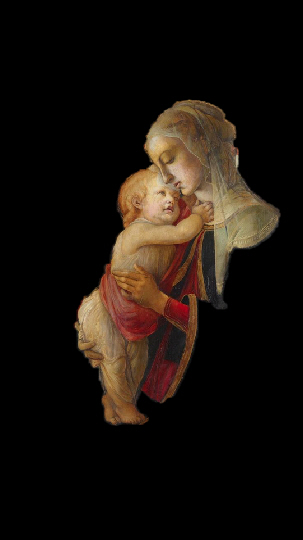Woman of Faith: Agony in the Garden: A Marian Perspective
Fr. J. Patrick Gaffney, SMM
Through the person of Mary depicted by Luke, in the infancy narrative, as the model disciple, the woman of faith, we are prepared to enter into the core of the mystery of our faith; the Passion of Jesus, the Son of God.
WOMAN OF FAITH
Have you ever noticed that the Rosary completely omits meditations on the ministry of Jesus?
The Joyful mysteries contemplate the Infancy Narratives of Luke, the Sorrowful bring us to the Passion and Death of Jesus, the Glorious praise the exaltation of the Risen Lord and of His Body, the Church. The fifteen meditations which comprise the Rosary do not include the Lord’s baptism, His itinerant proclamation of the Good News of the Kingdom first in Galilee and then in Judea; they have no mention of the Transfiguration, of His powerful miracles, beautiful sermons, challenging parables. The official Rosary mysteries skip over the public ministry of Jesus!
Not exactly correct. The Rosary presupposes the public ministry of Jesus as it begins the sorrowful ministries, much like the first Christians presupposed the public ministry when they preached the victorious passion and death of the Lord.
The Passion Narrative
It appears that the early church, in the progressive development of its proclamation of Jesus, first formulated the Passion narrative. This is the core of the Gospel. What may well be the earliest catechism lesson of the first Christians begins with this truth; “Christ died for our sins in accordance with the Scriptures”. (1 Cor 15:3). The sermons of Peter in Luke’s Acts of the Apostles stress this central belief of all Christians; “Let all the house of Israel therefore know assuredly that God has made him both Lord and Christ; this Jesus whom you crucified”. (2:36). The triumphant Cross summarized the preaching of the first followers of Jesus.
Were the early Christians skipping over the public ministry of Jesus? Not really. For not only will it become explicitly formulated in the preaching of the Good News; . . . but it is always presupposed whenever the Triumphant Cross is proclaimed. Peter makes this clear in his first sermon in Jerusalem, preaching Christ crucified and risen. “Men of Israel, hear these words; Jesus of Nazareth, a man attested to you by God with mighty works and wonders; and signs which God did through him in your midst, as you yourselves know”. (Acts 2:22).
Jesus’ Public Ministry
The second series of Rosary mysteries – the Sorrowful presupposes the public ministry of Jesus. This Jesus whom we contemplate suffering and dying for us; He is the One who proclaimed Good News of peace; . . . “throughout all Judea, beginning from Galilee after the baptism which John preached; … God anointed Jesus of Nazareth with the Holy Spirit and with power; … he went about doing good and healing all that were oppressed by the devil. . . For God was with him” (Acts 10:37-38). Peter does not enter into the details of Christ’s years of public ministry. However, by quickly summarizing them, preaches that “they put him to death by hanging Him on a tree,” (Acts 10:39); so too the Rosary mysteries presuppose the events and words of Jesus’ public life; as it contemplates the Passion of Jesus the Lord.
There is another apparent difficulty facing us as we begin our study of the Sorrowful mysteries. The early Church appears to begin its preaching with what could be called the Sorrowful mysteries, then formulates some of the words and deeds of teens and only at the last step of the Gospel formation does it add (in Matthew and Luke) aspects of the Infancy of Jesus. Why, then, does the Rosary begin with the final stage in the compiling of the Good News, the Joyful mysteries?
Preparing for the Core Mystery of Our Faith
The reason is not difficult to discover! The Lucan Infancy Narrative – or the Joyful mysteries of the Rosary – are the evangelist’s overture to the proclamation of the Good News by Jesus (as explained in the previous installments). As overture, it is written last, but played first. Through the person of Mary, depicted by Luke as the model disciple, the woman of faith, we are prepared to enter into the core mystery of our faith; the Passion of Jesus, the Son of God. Imitating Luke, the rosary first contemplates
the Joyful mysteries in order to discover in Mary how in follow our Crucified and Victorious Savior totally, without reserve. The Sorrowful mysteries depict the object of our faith, Jesus, the Eternal and Incarnate Wisdom who “died for our sins according to the Scriptures.”
Mary’s characteristics of faith shared with us through the Joyful mysteries – must accompany us through the Sorrowful. We gaze at Our Lord betrayed; scourged, crowned with thorns; carrying the cross, crucified, through the vibrant faith of the first Christian, Mary. Her influence will enable us to see our suffering Crucified Lord more clearly; to love Him more dearly, to unite with Him more immediately and intensely.
It is with Mary that we contemplate the core of the Gospel; the Triumphant Cross, the Sorrowful mysteries of the Rosary.
Return to The Queen: Articles

Madonna and Child: painter Elisabetta Sirani: 1663
Elisabetta took over the studio of her father Giovanni Sirani in 1654-1655. This painting resides in the National Museum of Woman Arts in Washington, DC.

Madonna and Child: Italian Painter: Sandro Botticelli: 1468
This is a portion of the painting. It includes the removal of the background, focusing on Mary and the Child Jesus. This painting appears in the original Queen of All Hearts magazine article on the inside pages. The Queen duplicates this image using the live painting, which resides in the Louvre, Paris, France.
Mary’s characteristics of faith shared with us through the Joyful mysteries – must accompany us through the Sorrowful. We gaze at Our Lord betrayed; scourged, crowned with thorns; carrying the cross, crucified, through the vibrant faith of the first Christian, Mary. Her influence will enable us to see our suffering Crucified Lord more clearly; to love Him more dearly, to be united with Him more immediately and intensely.


